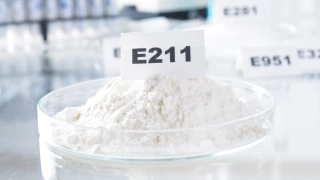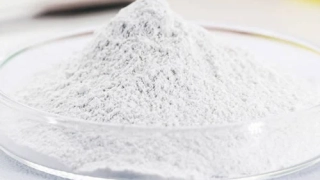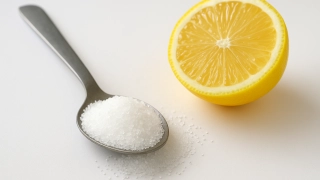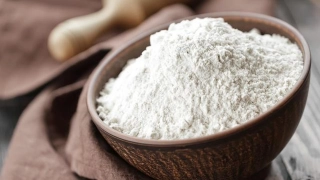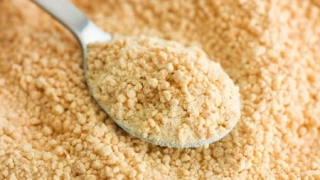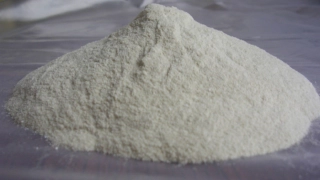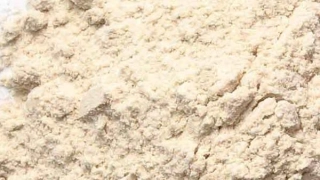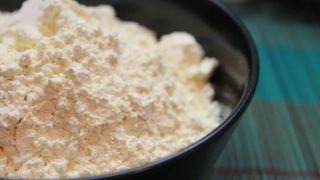Acesulfame K (E950): Taste Profile, Aroma, Benefits and Health Risks
Acesulfame potassium, also known as Acesulfame K (E950), is a calorie-free artificial sweetener used widely in foods and beverages. Discovered in 1967, it is valued for its high sweetness potency and stability under heat and acidic conditions, making it suitable for a wide range of applications.
Acesulfame K is generally safe for most people, including diabetics. It is not associated with allergies and contains no known allergenic proteins.
What does Acesulfame K (E950) taste like?
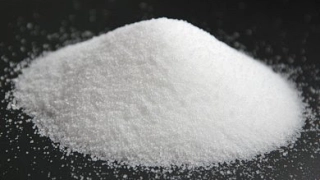
Complete Sensory Description:
-
Taste: Acesulfame K is approximately 200 times sweeter than sucrose. It delivers a clean, sweet taste with a rapid onset, but some individuals perceive a slight bitter or metallic aftertaste, especially at higher concentrations or when used alone.
-
Aroma: Odorless in pure form; it does not affect the aroma of foods or drinks.
-
Texture: Used at very low levels, it does not alter texture or mouthfeel in finished products.
-
Appearance: Acesulfame K is a white, crystalline powder that is invisible when dissolved in food or beverages.
In-depth Flavor Analysis:
Acesulfame K’s sweetness is fast-acting and synergistic when blended with other sweeteners, especially aspartame or sucralose. Its clean profile allows it to enhance sweetness without lingering aftertastes at normal use levels. At higher doses, some people detect a slight bitterness or metallic note, which is why it is almost always used in combination with other sweeteners to round out flavor.
Varieties and Culinary Applications:
Acesulfame K is found in diet soft drinks, sugar-free gum, baked goods, desserts, tabletop sweeteners, and dairy products. Its stability during heating and storage makes it especially useful in baked and processed foods. It is often combined with aspartame or sucralose to achieve a more sugar-like flavor and improve overall sweetness perception.
Selection and Storage:
Available as powder or granules, acesulfame K should be stored in a cool, dry place, sealed from moisture and heat. It remains stable over long periods and does not degrade under normal food processing conditions.

Nutritional Insights:
Acesulfame K is calorie-free and does not raise blood glucose or insulin levels, making it suitable for diabetics and people on low-calorie diets. It is excreted unchanged by the body and not metabolized for energy.
Expert Insights & Culinary Tips:
Food technologists use acesulfame K in blends to mask aftertastes and create a more natural sweetness. It is suitable for baking, cooking, and all types of beverages. Chefs use it to sweeten foods without adding calories, especially where sugar reduction is a goal.
Interesting and Curious Facts:
Acesulfame K was discovered accidentally in Germany in 1967. Its safety has been reviewed and approved by major health authorities worldwide, including the FDA and EFSA. It is heat stable, unlike aspartame, making it especially popular in processed and baked foods.
Harm and Dietary Considerations:
Studies have found acesulfame K safe for human consumption at approved levels. Extremely high intake may rarely cause mild digestive upset. No evidence links it to cancer or chronic health risks at normal dietary amounts.
Religious Dietary Considerations:
Acesulfame K is synthesized from non-animal sources and is suitable for Halal, Kosher, vegetarian, and vegan diets.
Final Thoughts & Sensory Journey:
Acesulfame K (E950) provides bright, calorie-free sweetness to foods and drinks, making sugar reduction easy and enjoyable—especially when blended for a balanced, sugar-like taste.
Resources:
-
Magnuson, B. A., et al. (2016). "Biological fate of low-calorie sweeteners." Nutrition Reviews. DOI: 10.1093/nutrit/nuw020
-
Belitz, H.-D., Grosch, W., & Schieberle, P. (2009). Food Chemistry (4th Edition). Springer. ISBN: 978-3540699330
-
Branen, A. L., Davidson, P. M., & Salminen, S. (2001). Food Additives (2nd Edition). Marcel Dekker. ISBN: 978-0824704382
